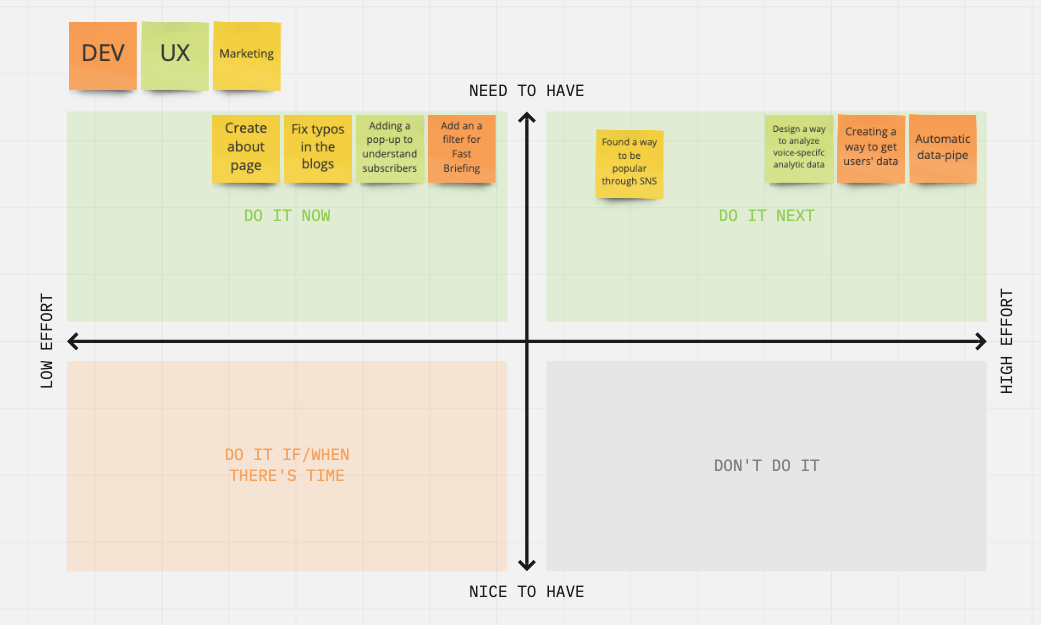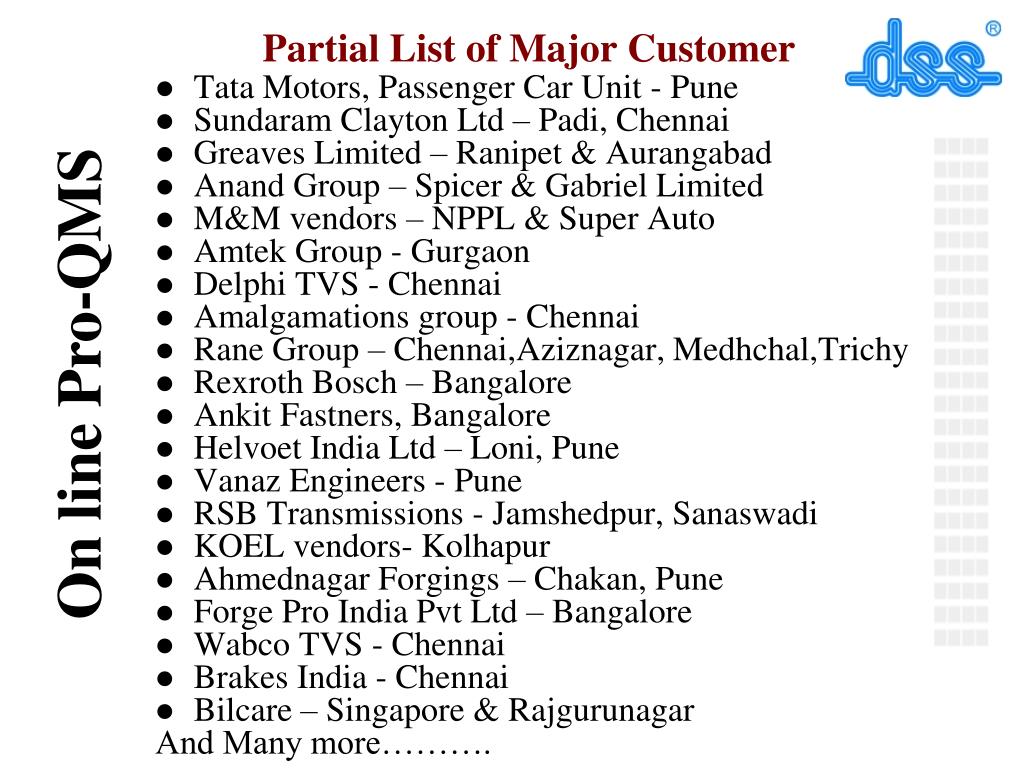
Companies will be compliant with the new requirements of the SQF Ed 8 without having to do any work.This means users do not need to engage in detailed SPC training. SPC analysis is produced automatically with any input from users.The analysis will also indicate whether the process is statistically in or out of control. Key SPC analysis will be presented in real time based on current data in addition to producing distribution chart, control charts and process capability metrics. The will cover both Variable and Attribute Data Test. The first phase of SPC upgrades is now live and sees the introduction of automatic SPC reporting for all monitoring programs in Safefood 360°. Automatic SPC Analysis for Monitoring Programs While not explicitly requiring SPC, companies can meet this requirement through statistical tools.
Checklist to establish spc system iso#
ISO 22000 Food Safety Management Standard: The new ISO 22k standard requires companies to now analysis operation data to drive improvement. It specifically states that for key processes, control charts shall be used and control limits using +/- 3σ standard deviations. Records of all quality inspections and analyses, and statistical analyses, shall be maintained. Sensory evaluation results shall be communicated with relevant staff and with customers where appropriate. Control charts shall be in use for control of key processes and have defined upper and lower (process) control limits (+/- 3σ).Ī sensory evaluation program shall be in place to ensure alignment with agreed customer requirements. Statistical Process Control methods shall be used to effectively control and optimize production processes to improve process efficiency and product quality and reduced waste. On-site laboratories and inspection stations shall be equipped and resourced to enabled testing of in-process and finished products to meet customer expectations and meet quality objectives

Processing parameters or in-process measurements shall be established, validated, and verified at a determined frequency to meet all customer requirements. Product Sampling, Inspection and Analysis

Checklist to establish spc system code#
SQF Quality Code Edition 8: The SQF Standard now requires certified businesses to use SPC to control and improve processes. Underpinning this change is the principle of seeking areas for improvement based on data analytics. However, recent changes to several standards are driving businesses towards having to identify and use SPC and other statistical analysis to make better use of collected data arising from monitoring and control activities. Many of our customers are certified to GFSI standards and use Safefood 360° to help maintain these systems. This can be a major challenge for food businesses since the time and expertise required to gather, collate and analyze large volumes of data can be resource intensive. SPC Requirement in Food Safety Standardsįood safety standards, such as the SQF Food Safety Code for manufacturing Edition 8, now require food businesses to conduct statistical analysis to achieve certification.

Simply set up your monitoring programs and Safefood 360° will take care of the rest. It will even tell you immediately whether your process is In or Out of Control and can handle both variable and attribute data.Īll this happens in real-time. It will automatically crunch your monitoring data to produce process control charts, distribution curves and calculate your Cp and Cpk values to give you a clear picture of process capability. The new SPC feature in Safefood 360° makes light work of bringing this information to life and revealing new insights into your data. However, hidden in this data is a wealth of valuable insight about your operations if you can unlock it. Normally this data gets filled away in paper form on in Excel files, never to see the light of day again unless an auditor or customer requests it. Benefits of SPC analysisĮach day, a typical food business will collect large quantities of data from their monitoring activities such as CCP and oPRP checks, receiving inspections, packaging checks, pre-operational inspections and final product tests. Nonetheless, the food industry relies on processes to produce final products as much as other industries and many of the unit operations employed in the food sector such as thermal processing are ideal for SPC applications.

Until now, the application of SPC tools and techniques in food safety management has not been widespread and process capability based on statistical analysis has only been utilized in exceptional cases.


 0 kommentar(er)
0 kommentar(er)
